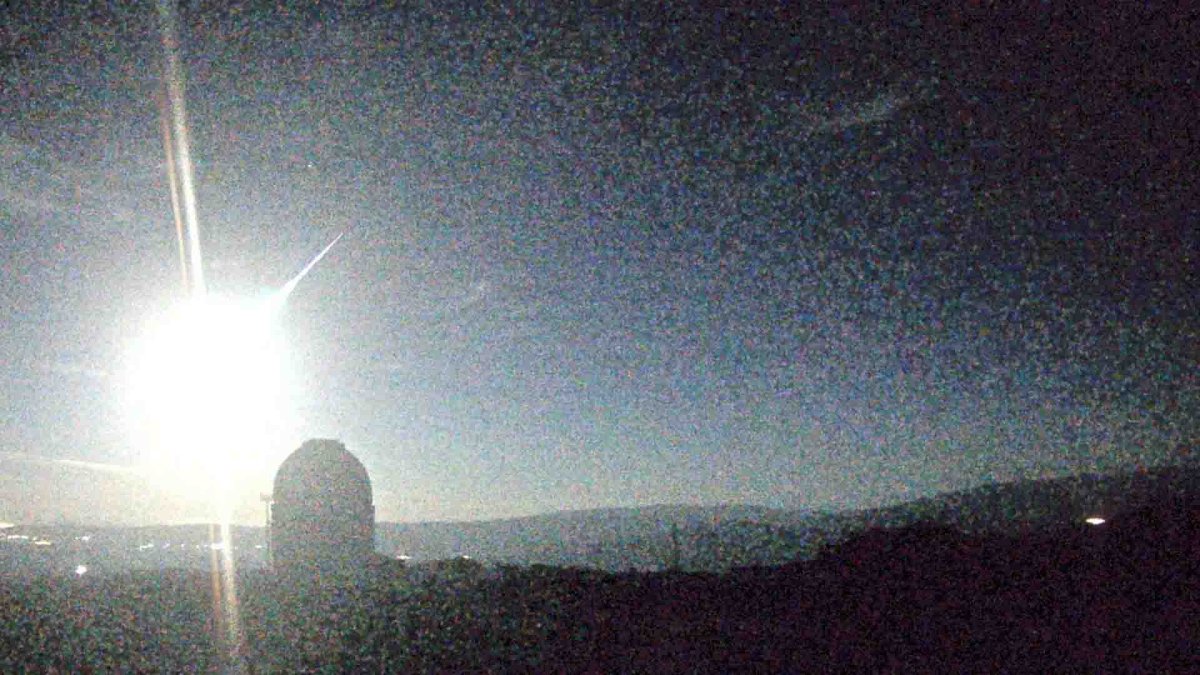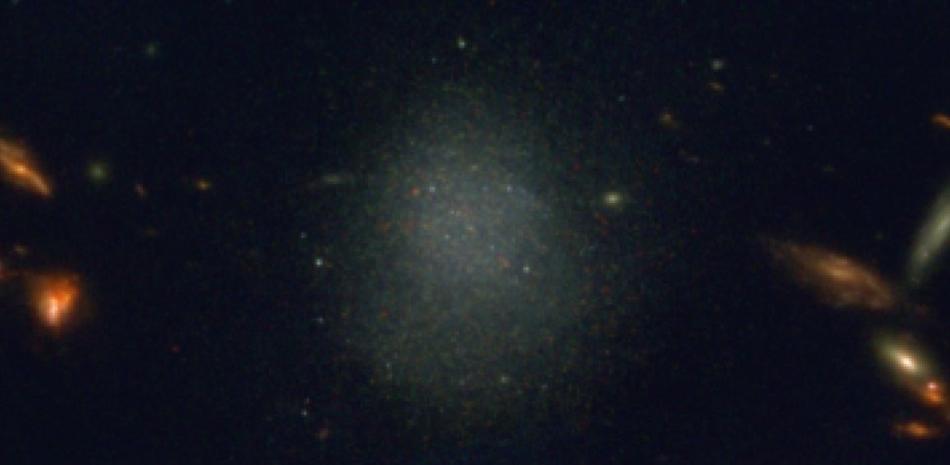Huelva, Spain – From the astronomical observatories of Huelva, Seville, Sierra Nevada and La Sagra (Granada), Calar Alto (Almeria), inventors of the SMART project of the Astrophysical Institute of Andalusia (IAA-CSIC), Spain. La Hita (Toledo) recorded a 37,000 mph fireball over Morocco.
The flare was recorded at 3:56 a.m. Sunday, according to a study by José María Madido, a researcher at the Institute of Astrophysics of Andalusia (IAA-CSIC) in southern Spain and director of the SMART project. And “it was more than the luminosity of the full moon”, prompting “many” to observe the phenomenon from Spain, echoing on social networks.
Madido’s calculations show that the rock that caused the event came from an asteroid and entered Earth’s atmosphere at about 37,000 mph.
Violent friction with Earth’s atmosphere at this tremendous speed caused the surface of the rock (the meteorite) to heat up to temperatures of several thousand degrees Celsius and glow, creating a fireball about 60,000 miles up. Ibouhjarene town.
From that point it continued southeast and died over the town of Beni Ogil at 19,000 miles per hour.
It stood out for showing several eruptions along its path, caused by various sudden breaks in the rock, causing a sudden increase in luminosity.
SMART is a project developed by the Southwest Europe Fireball and Meteor Network (SWEMN Network); It is a research network coordinated by the Astrophysical Institute of Andalusia (IAA-CSIC).
The SWEMN network aims to continuously monitor the sky to record and study the impact of Earth’s atmospheric rocks from various objects in the Solar System.





